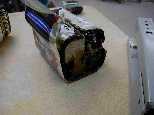
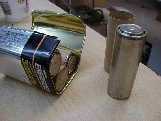
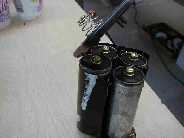
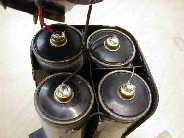
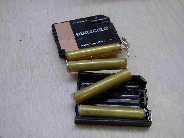

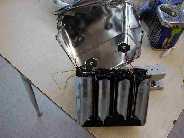
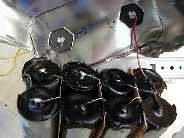

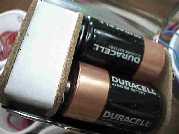
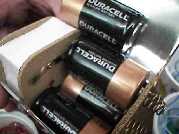
| DO NOT DISASSEMBLE BATTERIES AT HOME. Some battery chemicals and components may be hazardous to your health. Another hazard involved in the disassembly of batteries or cells is the danger of excess heat or explosion caused by short circuiting. All of the cells and batteries shown below were completely discharged before they were opened. Of course, when working with sheet metal, there is always a danger of being cut by sharp pieces of metal or plastic. |
 |
 |
 |
 |
 |
 |
 |
 |
 |
 |
 |
9v batteries
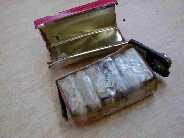 |
 |
 |
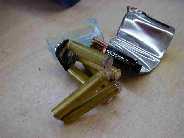 |
For detailed information about batteries of various types check out this Britannica.com article.